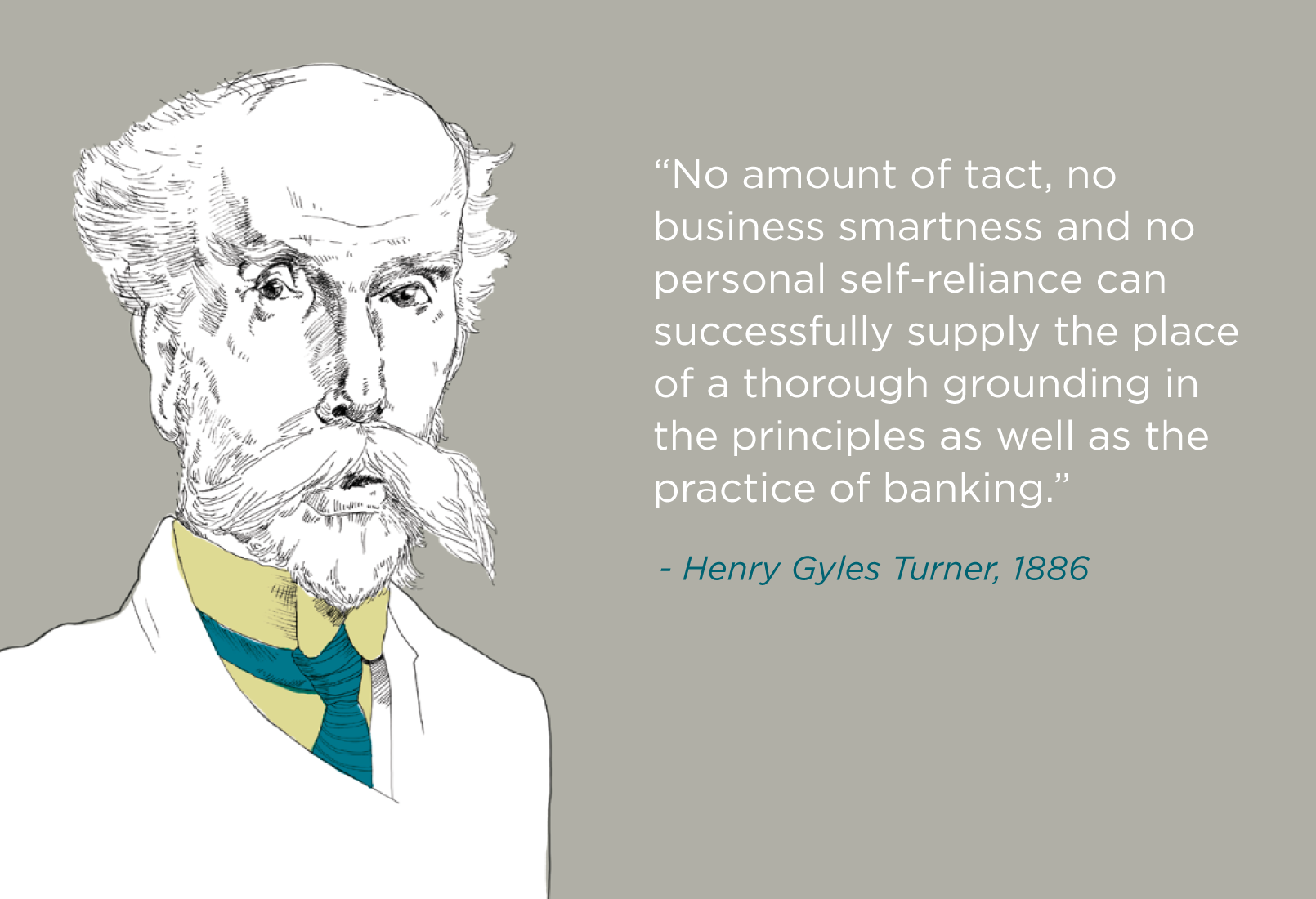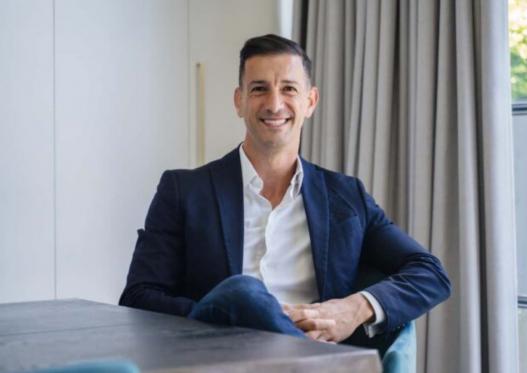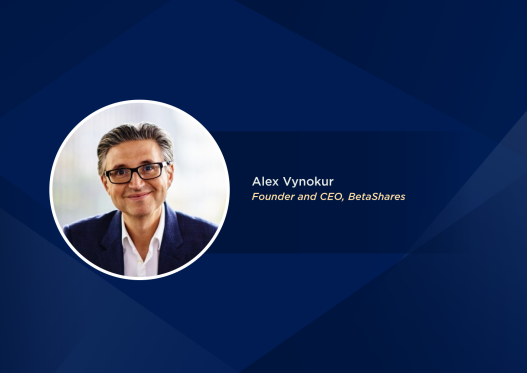Founders of FINSIA’s predecessor the Bankers’ Institute of Australasia had an order of business 136 years ago that would be just as apt today.
When 250 of the power brokers of the day gathered at the Melbourne Athenaeum on July 21, 1886, for their first meeting they heard a call for professional standards in the industry.
Inaugural president Henry Gyles Turner’s language might come across with a flowery Victorian-era lilt, but the message would certainly resonate with many today.
His outline for the key purposes of the institute call for “the promotion of good feeling and camaraderie amongst its members, the dissemination of professional knowledge and inculcation of sound banking practice by the reading of papers from time to time.”
It’s not surprising. It was a time when the gold rush had seen the formation of around 130 banks in Australia. Commentators were lobbying for the formation of an institution to professionalise the industry.
One anonymous letter writer to the Australasian Insurance and Banking Record summed up the gaps that needed filling.
“How is it that bank clerks have not the means of having the practice of their calling explained to them like those in other pursuits,” the writer signing themselves Ex Bank Manager says.
“How many clerks are there who would, if inducement were offered to them, study banking and make it in their own case a profession?”
Turner, who arrived in Melbourne in 1854 on the SS Argo, worked his way up to become chief accountant at Bank of Australasia before becoming the general manager of the Commercial Bank of Australia in 1870.
But the state of the industry left him with the feeling that there needed to be professional development.
He said: “I trust you will not think I am slandering my profession if I say that the banking fraternity appears to me eminently to require the cultivation of good feeling and friendly intercourse.
“Owing to the keenest of competition and the great latitude frequently allowed to young managers in building up a business, practices are resorted to, and overtures made, the very suggestion of which would bring a London bank into hopeless disrepute.”
But the 55-year-old who originally made his way to Australia after being turned down for a promotion in London was keen to show why there were really good opportunities for aspirational young bankers.
He told the meeting: “I remember one venerable gentleman in Hoare’s Bank in Fleet Street, who told me he had been 42 years in the service before he was promoted to the counter.
“Against this it is by no means uncommon in Victoria for a smart youngster to get an agency of a small branch after five or six years service.”
This chance for rapid promotion was one of the reasons why he felt it necessary the institute spearheaded professional development.
He added: “No amount of tact, no business smartness and no personal self-reliance can successfully supply the place of a thorough grounding in the principles as well as the practice of banking.
“Any man who lays himself out to acquire these qualifications is making an investment which cannot fail to yield him a handsome return.”
The institute’s first HQ at the City of Melbourne Bank had a library and reading room open every day from 7am until 8.30pm apart from Sundays and pubic holidays.
Its mission to spread “knowledge on the theory and practice of banking” and the “promotion of the professional status of those employed in the industry”had attracted more than 2000 members in 18 months.








